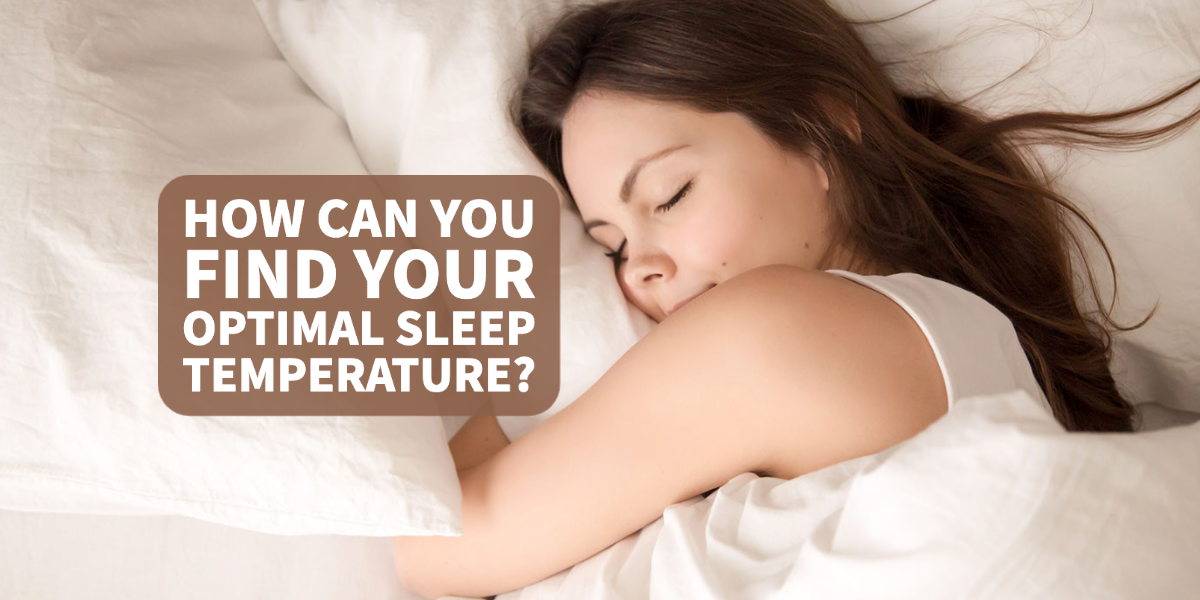Did you know that sleeping in a cool room helps in leading to better sleep? Low temperatures, for instance, may assist people who suffer from sleep problems to fall asleep more quickly, alleviate discomfort and inflammation, and reduce stress levels. It’s true that everyone has their own preferences when it comes to sleeping habits and patterns, as there are some individuals who prefer things on the cooler side. On the other hand, some people like to be snug as a bug in a warmer setting; they prefer their room temperature to be a few degrees higher at night. Come along as we reveal some helpful tips for determining your optimal sleeping temperature with the aid of your Hilliard-Dublin Heating & Air HVAC professionals.
How Do You Know If You Are a Cold or Warm Sleeper?
If you want to improve the quality of your sleep, it’s essential to understand the differences between a warm and cool sleeper. Finding methods that will help you unwind and fall asleep soundly might assist you in receiving enough REM sleep, which is necessary for your physical and mental health.
- Cold sleepers require a lot of blankets and warm pajamas to fall asleep and remain asleep. They like to be tucked in beneath the covers. Cold sleepers should seek a sleeping environment that is peaceful and cool. If you can relate to this, you should decrease the thermostat’s temperature by a few degrees at night to improve your sleep quality.
- Warm sleepers do not require a blanket to relax. If they aren’t covered in blankets, it isn’t a big deal and has no impact on their ability to fall asleep. If you are a warm sleeper, consider raising your body temperature by one or two degrees every night.
How Will Determining Your Optimal Sleeping Temperature Impact Your Sleep?
The optimal temperature for sleeping, as determined by the National Sleep Foundation, ranges from 60 to 67 degrees Fahrenheit (15.5 to 19.4 degrees Celsius). However, as we’ve previously pointed out, everyone’s sleeping preferences are different. So you may have a higher or lower natural body temperature than someone else. This is completely normal. Start pinpointing your optimal sleep temperature by using a setting within the 60-67 degree range and modify it if necessary. You can try that setting for a night or two and adjust it one degree at a time until you find your perfect setting.
How Else Can You Raise Your Quality Of Sleep?
Here are some more tips for improving the quality of your sleep:
- Ceiling or electric fans are an excellent tool since they’re multi-purpose. They can help you keep your space cool by lowering the temperature, which will help you save money on your air conditioner’s energy usage. In addition, fans also produce a gentle whirring sound that serves as white noise and enables you to fall asleep faster.
- Don’t overlook the importance of a quality window treatment! Blackout drapes are a fantastic method to help you fall asleep faster while keeping your space cool.
- Quality pajamas can also significantly impact your sleep habits. With the right fabrics, your body will stay warm but not overheated. Some good materials you can consider are silk, linen, bamboo, or high-quality cotton. The kind of sleeper you are may influence the type of fabric you should choose to sleep in.
Sleep deprivation has been known to be linked to various illnesses, including obesity and diabetes. When you don’t get enough good quality sleep, it can impact your overall health. This is why finding your optimal sleeping temperature is so crucial! It’s an important factor in getting the best quality of sleep possible. If you have any questions or HVAC concerns, Hilliard-Dublin Heating & Air would love to serve you! You can call us today at (614) 490-7520 or schedule an appointment online now by clicking here!






